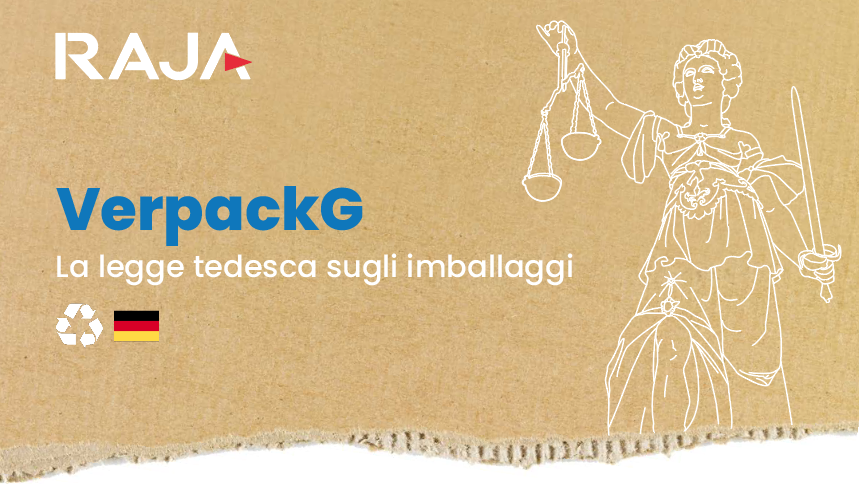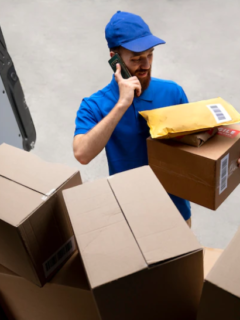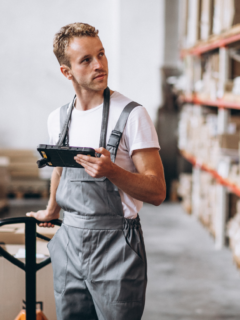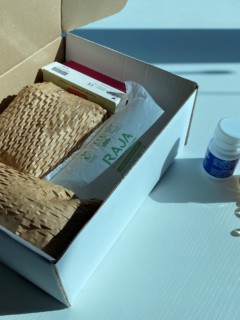How to improve the customer experience of e-commerce sites through packaging
The role of packaging in the customer experience of e-commerce sites is very important, packaging is in fact the first physical contact with the customer in e-commerce. Opening the package has become an opportunity to build consumer loyalty, consolidate brand perception and differentiate. Be careful though, it can become a double-edged sword if not handled with due care.
Consumers think that the perfect packaging should have four very specific characteristics:
- minimal and easy to open
- eco-friendly
- personalised
- returnable or reusable in general.
Minimal and easy-open packaging
Taking the protection and safety function of packaging for granted, the first demands of consumers are:
– easy-to-open packaging (55% consumers)
– and an end to excess (19% consumers)
(source: E-commerce Packaging preferences Shorr Packaging Corporation).
Large e-commerce giants have been attacked on social media for irritating their customers with complicated or unnecessary packaging. As early as 2008, Amazon, to name but one example, launched the ‘Frustration-free packaging’ initiative to encourage its suppliers to use packaging systems that are easy and quick to open. The aim is to minimise excess cardboard and plastic in order to reduce transport costs, but also to enable customers to open their parcels easily and quickly, without burdening them with time-consuming packaging disposal.
What we can recommend is therefore to study packaging solutions that minimise excess volumes. This will allow you to save money first and foremost, but also improve the reputation of the brand, which will become eco-friendly.

A sustainable packaging
The second trend is the demand for eco-sustainable packaging.
The imperative are the 3Rs: REDUCE, REUSE, RECYCLE.
Consumers have never been so demanding and savvy! A recent Nielsen study states that 52% of purchasing decisions are influenced by the environmental impact of packaging.
E-commerce companies have become aware of this and big brands like Zara, for example, have been able to ride this trend by continuing their brand storytelling on the web through packaging.
We are talking about boxes with a past, which are able to tell their own ‘100% recycled’ story and even become ‘boxes with a future’ as Zara also suggests different reuse solutions to consumers.
This trend arose because sustainable packaging enhances the image of the merchant and distinguishes it from the competition.
As Rajapack, we can only confirm this trend: in Italy alone, the turnover generated by green packaging increased by almost 40% last year.
Let me give you one concrete piece of advice: ship using one material!
A cardboard box, for example, with some paper filler material and a paper parcel tape can be disposed of all together, without having to differentiate. This will also make the final stage of the e-commerce shopping experience even smoother.

Customised packaging
It is important thatthe parcels do not go unnoticed and e-retailers like Zalando are well aware of this, it is essential that the brand and the pay-off are clearly visible!
But without mentioning big names and without having to resort to large resources, the use of a simple personalised ribbon allows for the immediate detection of a break-in attempt, conveys the brand and is affordable for everyone.
Of course, customised packaging may cost slightly more but the customer experience should not be sacrificed, especially for pure players for whom packaging is the only physical interaction with the end customer.
Remember that for eye-catching, branded and robust packaging there are many cost-effective options that can make you unique and sometimes even save you money.
We like to cite the example of Van Moof, a Dutch bicycle e-commerce company, which has reduced its damage costs by 70% through a solution that is as cheap as it is ingenious, by printing the image of a monitor on its boxes, which obviously do not contain screens but bicycles. This simple but ingenious trick meant that couriers took greater care during handling, reducing after-sales and image costs.
A reusable returnable packaging
E-shoppers take it for granted that they can return purchased products in the same packaging they received (78% – Shorr). This is why it becomes important in customisation to think of solutions that allow the customer to easily re-seal and re-use their return box or envelope and at the same time have return labels ready for use.
If your packaging is particularly beautiful or durable, the customer may be more inclined to keep it and reuse it for other purposes as well, keeping your brand clearly visible in their environment.
Looking to the future, what innovations and novelties should we expect?
The fast food and fast-casual market will grow a lot in the coming years, so the energies in terms of e-commerce packaging innovation will be concentrated in these areas.
Research presented last week in Dusseldorf during Interpack (the largest packaging trade fair in the EU) shows that the European out-of-home (OOH) packaging market will grow by 6% to reach a total value of €6 billion by 2020.
The emergence of Deliveroo, Uber Eats, Just Eat etc. has generated new opportunities for packaging in Europe. Restaurants and fast food chains are trying to evoke the atmosphere, ambience and style of their establishments through packaging for those who choose home consumption.
Packaging manufacturers have the opportunity to benefit from this growth area by working closely with the food industry to support restaurants with innovative and evocative packaging.
Despite the fact that our lives are increasingly lived online, paper and packaging are once again at the centre of global trends, including the growth of meal delivery and, more generally, the sending of perishable food products.
Source: http://www.convertingmagazine.it/cresce-in-europa-il-packaging-per-lout-of-home/
https://www.zara.com/it/













